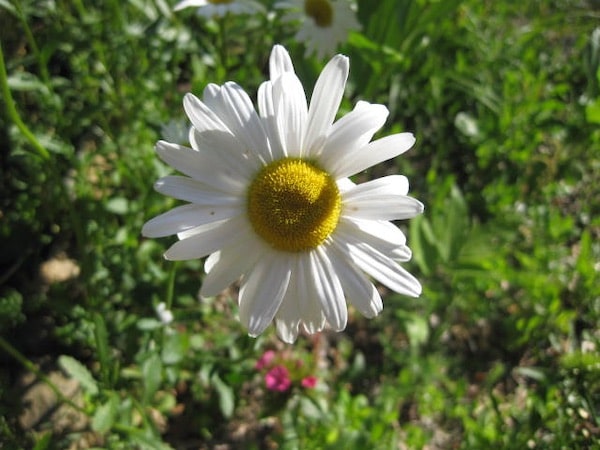Updated: November 18, 2020
Let’s take a sec to get the legal words out of the way. This article may contain affiliate links. That means if you click and buy from my partners, I will make a tiny amount of money at no cost to you. This in no way affects my recommendations.
In her book The Resilient Gardener, Carol Deppe introduces the interesting concept of “selective sloppiness.” It’s an idea that’s completely foreign to me.
My attitude has always been anything worth doing, is worth doing neatly. On the other hand, Deppe believes that many things in the garden are worth doing, but “only some things are worth doing well.”
Deppe provides several examples where selective sloppiness applies. The one that I appreciate most concerns smoothing the soil after you turn it to plow under the weeds.
Previously, she’d go to great pains to smooth the soil and make it look nice until she realized that a surface with dips and crevices holds water more efficiently. This reduces the amount of watering you need to do.
Attractive plants appear there as if by magic, doing what weeds will do. Many attract large numbers of native pollinators.
— Suburban Hobby Farmer
Now she uses a peasant hoe to only slightly smooth the planting surface.
Selective sloppiness in my garden
Unknowingly, I also subscribe to the philosophy of selective sloppiness.
I have a hill on the south side of my property that is pretty steep. It’s difficult to mow and hard to keep grass there because the water runs down the hill and causes soil erosion.
After trying mulch and a number of other ground covers, I decided to just let the weeds grow. I added some wildflower seeds for good measure.

I wrote about this strip of wildflowers and weeds in my article called Beneficial Insects: Will They Help Your Garden? I must admit that the hill looks weedy and unkept. When my neighbor’s look at it, they probably think “what’s up with that?”
But the tall weeds on the hill have been an unexpected source of wonder and amazement. My wife and I are always marveling at the unusual blossoms and plants that spring up on the hill.
Some are obviously from the wildflower seeds that we scattered around. Other strange and attractive plants appear there as if by magic, doing what weeds will do. Many attract large numbers of native pollinators.
Related: Chop and Drop Soil Improvement
The beneficial insects love this wild area and we see all kinds of insect predators that we have never seen before. It’s also stopped the erosion because the roots can more firmly hold the poor quality soil that was getting washed away.
More than just in the garden
I think it’s possible that Deppe’s selective sloppiness philosophy may have applications beyond the garden. It wouldn’t be the first time that people have learned valuable life lessons from their garden.
After all, it’s been popular lately for men to sport three-day beard growth. Isn’t that a form of selective sloppiness?
And what about furniture and blue jeans that have been artificially worn so that they look old? Isn’t that selective sloppiness?
Maybe it’s time for you to add some selective sloppiness to your garden.
Related articles you might enjoy:
- Should You Mulch Raised Garden Beds?
- Do Wildflowers Attract Beneficial Insects? Absolutely!
- Nine Ideas for Zero Waste Gardening
Suburban Hobby Farmer is a participant in the Amazon Services LLC Associates Program, an affiliate advertising program designed to provide a means for sites to earn advertising fees by advertising and linking to amazon.com.